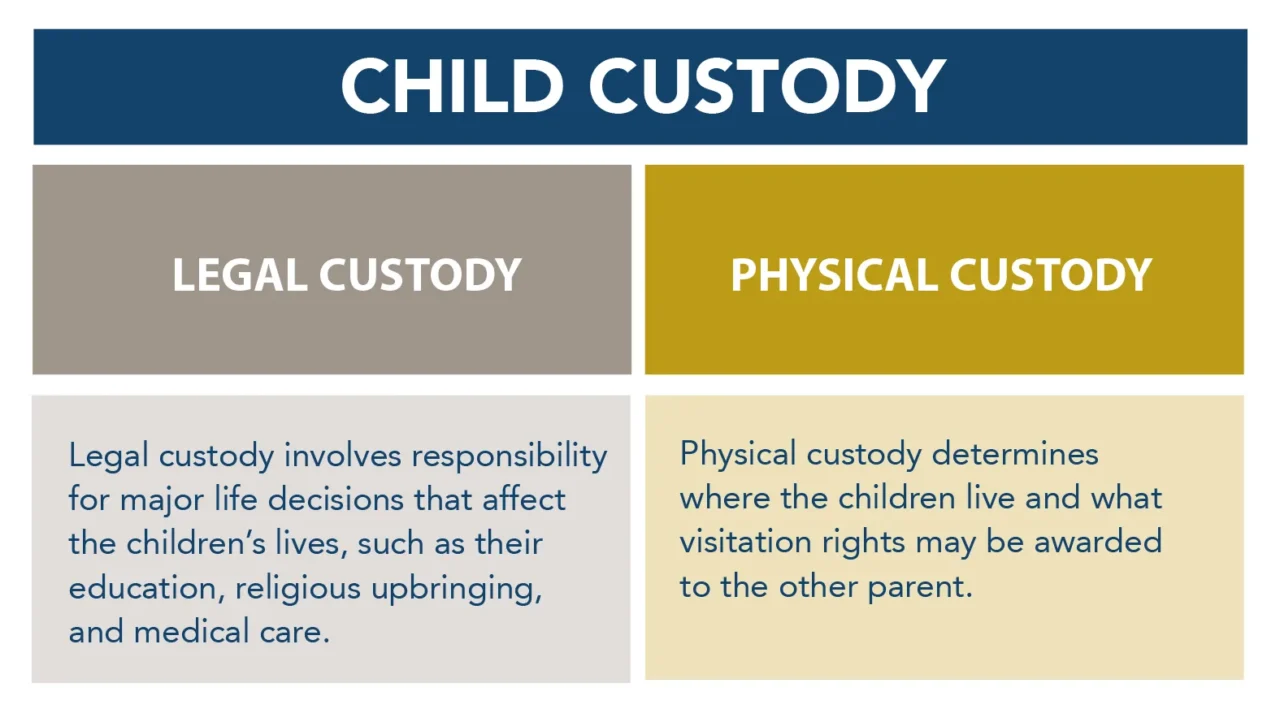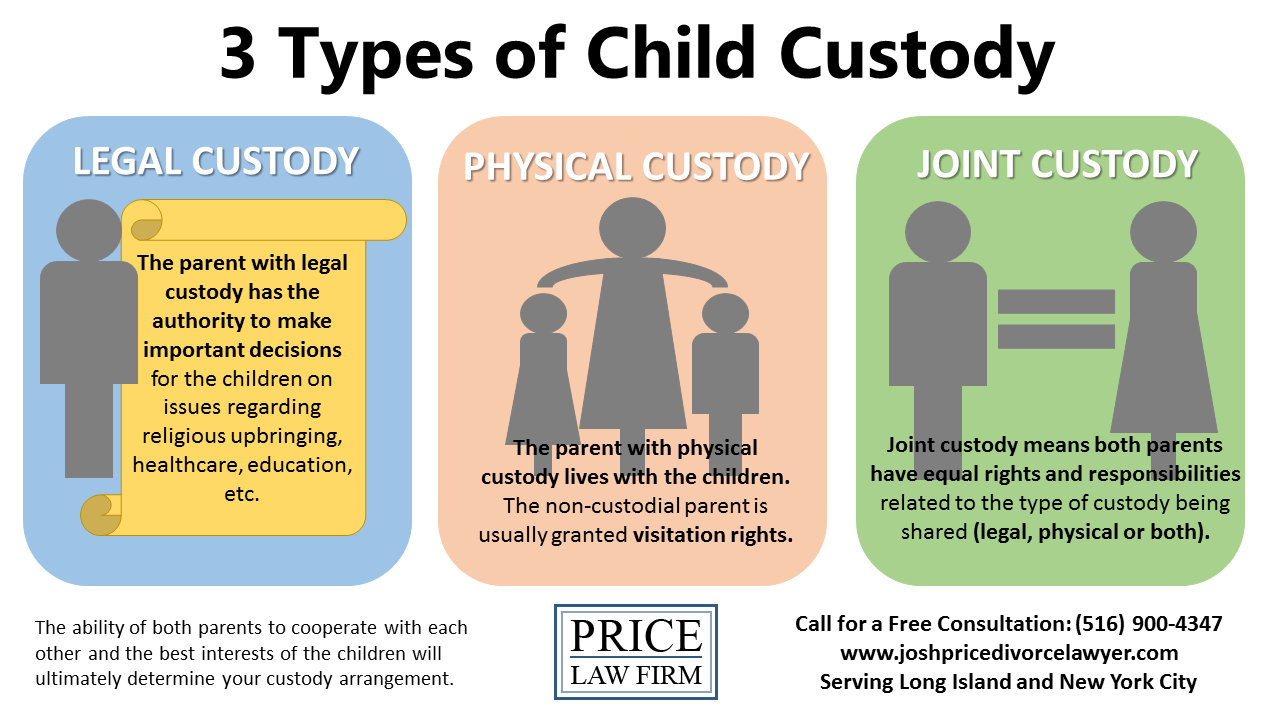Blog
READERS DIGEST ARTICLE ON HOA:COMPLETE DETAILS ON (HOA)1 BOOK OF AMAZON

Understanding Homeowners Associations (HOAs): What You Need to Know
Readers digest articles on how homeowner associations, or HOAs, often come up when you’re considering buying a home within a planned community. With over 351,000 communities across the United States governed by HOAs, understanding what they entail is crucial for any prospective homeowner. This article will provide an overview of what HOAs are, their benefits and challenges, and essential considerations for joining a community governed by one.
What is a Homeowners Association (HOA)?
An HOA is a private association that manages a residential community. A real estate developer typically forms it to marketing, manage, and sell homes and lots in a residential subdivision. Once the community has been built and sold, control of the association is transferred to the homeowners. The HOA is responsible for enforcing community rules and maintaining common areas, such as parks, swimming pools, and clubhouses.
Benefits of Living in an HOA Community
1. Well-Maintained Common Areas
One of the primary advantages of living in an HOA community is the maintenance of common areas. HOAs typically ensure landscaping, security, and cleanliness of shared spaces, contributing to a pleasant living environment.
2. Community Standards
HOAs enforce rules that maintain the community’s appearance and standards. This can help protect property values by ensuring that all homes and yards are well-maintained, providing peace of mind to residents.
3. Amenities
Many HOA communities come with amenities such as swimming pools, tennis courts, and fitness centers, which may not be affordable for individual homeowners, but are accessible to members of the community.
Challenges of Living in an HOA Community
1. Monthly Fees
To cover the cost of maintenance and amenities, HOAs collect monthly fees from homeowners. These fees can vary significantly depending on the location and size of the community, and they can increase over time.
2. Rules and Restrictions
Living in an HOA-governed community means adhering to its rules and regulations. This can include restrictions on the color of your house, types of plants in your yard, or even the type of vehicles parked in your driveway. Violating these rules can lead to fines.
3. Limited Autonomy
For some, the restrictions imposed by an HOA may seem like a limitation on personal freedom. Homeowners may feel they have less control over their property, which can be a deal-breaker for those preferring more independence.
Key Considerations Before Joining an HOA Community
1. Understand the Rules and Regulations
Before purchasing a home in an HOA, thoroughly review the community’s rules and covenants. Ensure you are comfortable with the regulations and their implications on your lifestyle.
2. Evaluate the Fees
Consider the HOA fees as part of your budget. It’s important to understand what is covered by these fees and how often they may increase.
3. Assess Community Management
Research the management and governance of the HOA. A well-run association should have clear communication, prompt maintenance, and transparent financial practices.
4. Engagement Opportunities
Being an active member of an HOA can provide opportunities to participate in community decisions and initiatives. Consider whether you’re interested in being involved in governance or committees within the community.
Recommended Reading
For those interested in deeper understanding the intricacies of homeowners associations, several books provide comprehensive insights and practical advice. A recommended title is “The Condo & HOA Survival Guide” by Dawn M. Bauman. This book offers practical solutions for managing common challenges and understanding the legal framework surrounding HOAs.
Additionally, “New Neighborhoods: The Consumer’s Guide to Condominium, Co-Op, and HOA Living” by Gary A. Poliakoff and Ryan Poliakoff provides an in-depth look at the history, function, and benefits of living in an HOA community. These resources are invaluable for both prospective and current homeowners seeking to navigate the complex world of common interest developments effectively.
Pros and Cons of Homeowners Associations (HOAs)
Pros
- Enhanced Property Values: By maintaining community standards and aesthetics, HOAs play a crucial role in preserving and potentially increasing property values. This is attractive to homeowners wanting their investments to appreciate over time.
- Community Engagement: HOAs often foster a sense of community through organized events and social activities, encouraging interaction among neighbors and fostering a friendly neighborhood atmosphere.
- Shared Amenities: Access to amenities like clubhouses, swimming pools, and recreational facilities provides leisure and recreational benefits without the individual burden of maintenance costs.
- Covenant Enforcement: HOAs ensure adherence to community rules, which can prevent nuisances and disputes among neighbors, contributing to a harmonious living environment.
Cons
- Restrictive Rules: The strict enforcement of rules and regulations may feel excessive to some, especially those who value personal freedom in home ownership, like choice of exterior paint colors or yard decorations.
- Financial Burden: Monthly or annual dues required by HOAs can be a financial burden, especially if fees increase unexpectedly to cover large projects or deficits.
- Potential Conflicts: Disagreements with HOA board decisions or management practices can lead to conflicts and a feeling of disenfranchisement among some residents.
- Decision-Making Delays: The bureaucratic nature of HOA governance can slow down decision-making processes, which could be frustrating for homeowners needing urgent resolutions to specific issues.
Frequently Asked Questions (FAQs)
What is a Homeowners Association (HOA)?
An HOA is an organization in a residential subdivision, planned community, or condominium complex responsible for enforcing rules and regulations, maintaining common areas, and managing amenities. Membership in the association is typically mandatory for all homeowners within the community.
How are HOA fees determined?
HOA fees are determined based on the community’s annual budget, which covers maintenance of common areas, amenities, administrative expenses, insurance, and emergency funds. Fees can vary widely, depending on the size of the community and the extent of the services provided.
Can the HOA increase fees without homeowner approval?
In most cases, the HOA board has the authority to increase fees as needed to ensure the community’s proper maintenance and functioning. However, fee increases are typically discussed in meetings, and homeowners may have the opportunity to voice their opinions or vote under specific bylaws.
How can I participate in my HOA?
Homeowners can participate by attending HOA meetings, joining committees, and voting in elections for board members. Being actively involved can help influence community decisions and keep you informed about upcoming projects or changes.
What can I do if I have a dispute with my HOA?
If you have a dispute with your HOA, it’s best to begin by reviewing the community’s governing documents and attempting to resolve the issue directly with the board. If the matter remains unresolved, mediation or legal action might be considered, although these steps can be time-consuming and costly.
Common HOA Roles and Responsibilities
Board of Directors
- President: Oversees meetings, represents the HOA, and ensures decisions comply with bylaws.
- Vice President: Assists the president and steps in during their absence.
- Secretary: Manages records, meeting minutes, and official documents.
- Treasurer: Oversees financial matters, budget, and financial reporting.
Committees
- Architectural Committee: Reviews requests related to property modifications to ensure compliance with community standards.
- Social Committee: Organises events and activities to promote community engagement.
- Maintenance Committee: Manages upkeep and repairs of common areas and facilities.
Management Company
- Administration: Handles day-to-day operations and administrative tasks.
- Maintenance: Coordinates repair work and maintenance of communal spaces.
- Financial Management: Manages billing, dues collection, and budget oversight.
Common HOA Challenges
Common Issues Faced by HOAs
- Disputes Among Residents: Pet policies, noise complaints, and property boundaries often lead to disagreements.
- Budgeting Concerns: Unexpected expenses can exceed the budget, necessitating special assessments or fee increases.
- Maintenance Delays: Procrastination in upkeep and repair can lead to dissatisfaction among homeowners.
- Rule Enforcement Inconsistencies: Inconsistent application of guidelines can lead to perceptions of unfairness or bias.
Tips for Effectively Managing Challenges
- Clear Communication: Open lines of communication through newsletters, emails, and regular meetings to keep residents informed.
- Fair Policy Enforcement: Apply community rules consistently to all homeowners to maintain trust and equity.
- Financial Planning: Establish a reserve fund and plan for long-term maintenance to avoid unexpected financial strains.
- Community Engagement: Encourage resident participation to foster a shared sense of responsibility and commitment.
Blog
what is joint custody: Latest
Blog
Best Vacation Spots in the US:

A Guide for Citizens and Visitors
Best Vacation Spots in the US: The United States is a treasure trove of vacation destinations, offering an incredible variety of landscapes, cultures, and experiences. Whether you are a U.S. citizen exploring your own backyard or a traveler from abroad looking to immerse yourself in the American experience, there’s something for everyone. Here are some of the best vacation spots in the U.S. to consider for your next adventure.
1. New York City, New York
For a city that never sleeps, New York is a must-visit destination. Home to iconic landmarks like Times Square, the Statue of Liberty, and Central Park, the city offers a vibrant mix of culture, cuisine, and entertainment. Don’t miss the Broadway shows, world-class museums like the MET, and the bustling neighborhoods like SoHo and Williamsburg.
- Ideal For: Culture enthusiasts, foodies, and urban adventurers.
- Pro Tip: Visit during spring or fall to enjoy pleasant weather and fewer crowds.
2. Grand Canyon, Arizona
This natural wonder is awe-inspiring and a perfect destination for nature lovers. Hike along the South Rim, take a helicopter tour for breathtaking views, or raft down the Colorado River for an unforgettable adventure.
- Ideal For: Outdoor enthusiasts and families.
- Pro Tip: Sunrise and sunset offer the most stunning views.
3. Honolulu, Hawaii
Experience the tropical paradise of Hawaii’s capital city. From the famous Waikiki Beach to the historic Pearl Harbor sites, Honolulu is a blend of relaxation and cultural heritage.
- Ideal For: Beach lovers, surfers, and history buffs.
- Pro Tip: Explore nearby attractions like Diamond Head and Hanauma Bay for snorkeling.
4. Yellowstone National Park, Wyoming/Montana/Idaho
America’s first national park is a wonderland of geysers, hot springs, and diverse wildlife. Old Faithful and the Grand Prismatic Spring are must-sees, but the park also offers incredible hiking and camping opportunities.
- Ideal For: Nature lovers and adventure seekers.
- Pro Tip: Visit during late spring or early fall to avoid the summer crowds.
5. New Orleans, Louisiana
Known for its vibrant culture, jazz music, and Creole cuisine, New Orleans is a city like no other. The French Quarter, Bourbon Street, and Mardi Gras are just the beginning of what this lively city has to offer.
- Ideal For: Music lovers, food enthusiasts, and partygoers.
- Pro Tip: Visit in April for the New Orleans Jazz & Heritage Festival.
6. San Francisco, California
Famous for the Golden Gate Bridge, Alcatraz Island, and its eclectic neighborhoods, San Francisco offers a mix of natural beauty and urban charm. Explore Fisherman’s Wharf, ride the iconic cable cars, and take a day trip to wine country.
- Ideal For: Couples, families, and solo travelers.
- Pro Tip: Bring layers; the weather can change quickly.
7. Orlando, Florida
Orlando is a family-friendly destination that promises fun for all ages. Home to Walt Disney World, Universal Studios, and SeaWorld, it’s the ultimate spot for theme park enthusiasts.
- Ideal For: Families and thrill-seekers.
- Pro Tip: Plan your visit during weekdays to avoid long lines.
8. Las Vegas, Nevada
The entertainment capital of the world, Las Vegas is known for its vibrant nightlife, luxurious resorts, and world-class dining. Beyond the casinos, visitors can explore nearby attractions like the Hoover Dam and Red Rock Canyon.
- Ideal For: Nightlife enthusiasts and luxury travelers.
- Pro Tip: Check out the free shows like the Bellagio Fountains.
9. Charleston, South Carolina
This charming Southern city is known for its historic architecture, cobblestone streets, and warm hospitality. Visit the historic plantations, enjoy a carriage ride, and indulge in delicious Lowcountry cuisine.
- Ideal For: History buffs and couples.
- Pro Tip: Springtime offers beautiful blooms and pleasant weather.
10. Anchorage, Alaska
Best Vacation Spots in the US: For a taste of the wild, Anchorage is the gateway to Alaska’s rugged beauty. Experience glaciers, wildlife, and stunning mountain views. Don’t miss a cruise through the Kenai Fjords or a visit to Denali National Park.
- Ideal For: Adventure seekers and nature lovers.
- Pro Tip: Summer offers extended daylight hours to explore more.
The United States offers a rich tapestry of experiences, making it a top destination for travelers from all walks of life. Whether you’re looking for thrilling adventures, serene landscapes, or cultural immersion, the perfect vacation spot awaits you. Start planning your journey today!
Blog
The History of Google: Global Tech Giant

The History of Google: From a Research Project to a Global Giant
History of Google vision, and adaptability. Here’s a deep dive into the history of Google, its evolution, and its impact on the digital age.
Early Beginnings: The Birth of Google
Google was founded in September 1998 by Larry Page and Sergey Brin, both Stanford University graduate students. The pair met in 1995 when Larry was considering attending Stanford for his PhD and was introduced to Sergey, who was already a student. They began working together on a search engine project as part of Larry’s doctoral thesis.
Initially, the duo worked on a project called BackRub, which used a novel algorithm to rank web pages based on the number and quality of links pointing to them. This was a departure from the keyword-based search algorithms that were common at the time. They quickly realized the potential of this idea, which led to the creation of Google.
The name “Google” is a play on the word “googol,” which refers to the number 1 followed by 100 zeros, symbolizing the founders’ mission to organize an immense amount of information on the web.
The Early Growth: Launch and Expansion
Google’s first public release was in 1998, when it was still in beta and running on the Stanford University servers. The search engine quickly gained popularity due to its cleaner, faster interface and more relevant search results. By 1999, the company moved into a garage in Menlo Park, California, which is often considered Google’s official startup base.
In 2000, Google introduced its AdWords program, which allowed businesses to advertise on Google’s search results. This program became the backbone of Google’s revenue model, allowing the company to scale its operations rapidly.
Becoming a Household Name: IPO and Global Expansion
Google’s exponential growth continued in the early 2000s. The company expanded its range of services, including the introduction of Gmail in 2004, which revolutionized email with its 1GB storage and the use of an innovative conversation-based interface.
In 2004, Google went public, with its Initial Public Offering (IPO) raising nearly $2 billion. The stock price skyrocketed, and Google became a publicly traded company. This marked a pivotal moment in the company’s journey, solidifying its place in Silicon Valley’s elite tech companies.
After the IPO, Google continued to expand by acquiring other companies. In 2006, it acquired YouTube, further broadening its scope to video sharing. Over the next few years, Google acquired several other companies, including Android Inc. in 2005, which led to the development of the Android operating system—a key player in the mobile revolution.
The Google Era: Dominance and Innovation
In the following years, Google expanded into various markets, including cloud computing, hardware, and artificial intelligence. The company launched products like Google Maps, Google Drive, and Google Chrome, which have become central to everyday internet usage.
In 2015, Google reorganized itself under a new parent company called Alphabet Inc., with Google becoming its largest subsidiary. This restructuring allowed the company to focus on its core business while also exploring new ventures, including life sciences and autonomous vehicles through its various “Other Bets.”
Google also made strides in AI and machine learning with products like Google Assistant, Google Translate, and Google Cloud AI. The company’s algorithms are integral to billions of searches, and its AI-based technologies continue to drive innovation in numerous industries.
Controversies and Challenges
While Google’s success is undeniable, the company has also faced numerous controversies. Critics have raised concerns about issues such as privacy, monopoly, and censorship. Google has been involved in various antitrust investigations, particularly in the United States and Europe, over its dominance in the search engine market and its handling of user data.
The Future of Google
As of today, Google is an omnipresent force in the digital world, with products and services that touch nearly every aspect of modern life. The company’s search engine remains the most widely used globally, while innovations in AI, cloud computing, and self-driving technology position it to continue its growth for years to come.
Summary
From its humble beginnings as a university research project to a global technology leader, Google has dramatically transformed the way we interact with information. Its expansion into new markets and innovations in AI, search technology, and cloud services suggest that Google’s journey is far from over.
For further reading, you can refer to these sources:
-

 Blog7 months ago
Blog7 months agoMaria Taylor’s Husband: Jonathan Lee Hemphill’s Job, Family, and Kids Explained
-

 TECH7 months ago
TECH7 months agoiPhone 16 Pro Max VS iPhone 16 Pro: Features and Insights (2024-2025)
-

 FASHION4 months ago
FASHION4 months agoOld-Fashioned: Styles Across Generation
-

 SEO5 months ago
SEO5 months agoBest website platform for seo: top 5 popular websites, 1-book, 25 Top Free SEO Tools,
-

 TECH4 months ago
TECH4 months agoNew Innovations in Technology: The Future
-

 SEO5 months ago
SEO5 months agoGoogle Ranking Factors: top 50 factors
-

 TECH7 months ago
TECH7 months ago2025 mercedes-benz c-class images:
-

 SEO5 months ago
SEO5 months agoHow to Write an Article with AI: According to the google requirements ai article book
























